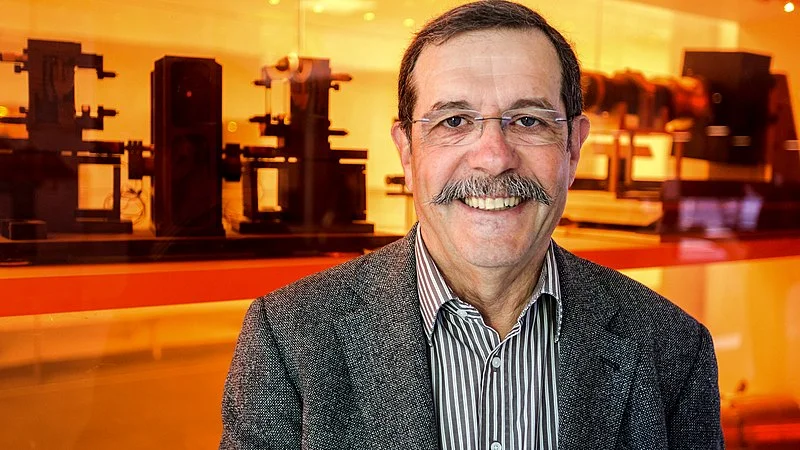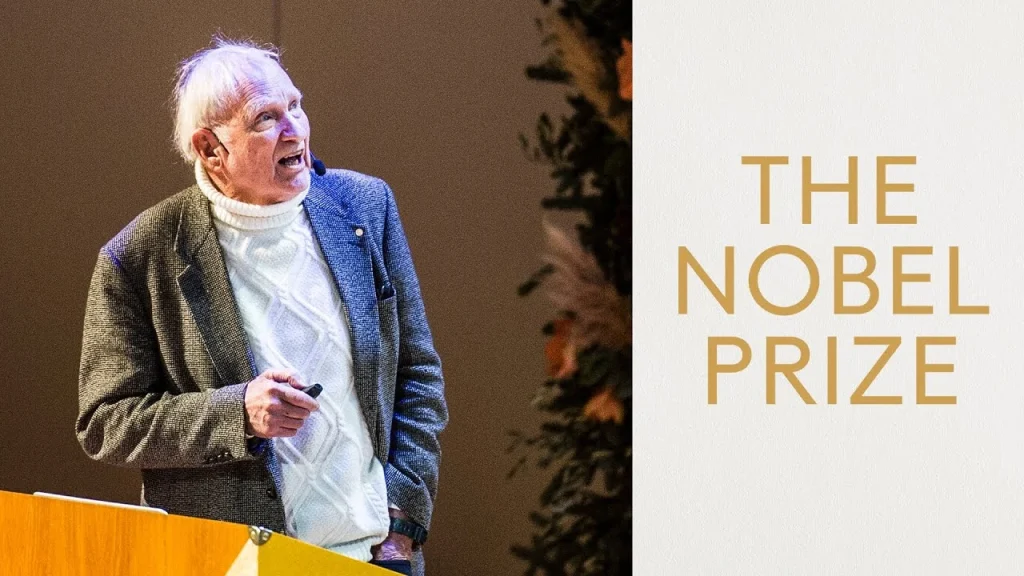In 2022, Nobel Prize winners confirmed that objects lack definite properties until observed.
In a groundbreaking development, the 2022 Nobel Prize in Physics was awarded to John Clauser, Alain Aspect, and Anton Zeilinger for their pioneering experiments on quantum entanglement, a phenomenon that challenges the idea of local realism. Local realism, a concept rooted in classical physics, assumes that objects have specific properties regardless of observation and can only be influenced by their immediate surroundings. However, the work of these Nobel laureates confirms that this is not the case: the universe is not locally real, and quantum particles exhibit strange behaviors that defy everyday experience.
The Challenge to Local Realism
The idea that the universe isn’t locally real stems from the discovery of quantum entanglement, where pairs of particles remain interconnected, affecting each other regardless of the distance between them. Even when separated by vast distances, measurements on one particle instantly determine the state of its pair. This behavior was predicted by quantum mechanics but seemed absurd to many, including Albert Einstein, who famously questioned whether objects exist when not being observed.
In the 1960s, physicist John Bell developed a testable inequality, known as Bell’s Theorem, that showed how quantum mechanics could differ from local hidden variable theories, which assume particles have pre-set properties. If experiments violated Bell’s inequality, it would prove quantum mechanics’ strange predictions true and reject local realism. However, proving this experimentally was a massive challenge.

Nobel-Winning Experiments
John Clauser was the first to conduct an experimental test of Bell’s Theorem in the 1970s. His experiment demonstrated that quantum particles violated Bell’s inequality, implying that they do not have predetermined states, thus supporting quantum mechanics over hidden variable theories. But Clauser’s work still left open loopholes that could explain the results without dismissing local realism completely.
Years later, Alain Aspect made significant improvements to these experiments. His work in the 1980s provided stronger evidence against local hidden variables by making the experimental conditions even more precise. Yet, the loophole problem persisted.
Finally, Anton Zeilinger pushed the boundaries further by conducting experiments over large distances, including one in 2013 that closed multiple loopholes simultaneously. His team’s 2015 results reinforced the conclusion that quantum entanglement is real and unexplainable by classical physics.

Quantum Mechanics and Reality
These Nobel-winning experiments have far-reaching implications, not only for our understanding of reality but also for technological advancements. Quantum information science, including quantum computing and quantum sensors, relies on the very principles of entanglement that these physicists helped prove. Their work has brought quantum mechanics from the fringes of scientific inquiry to the forefront of modern physics.
In short, the 2022 Nobel Prize in Physics highlights how the once-controversial idea that the universe isn’t locally real has now become a well-established truth in quantum science, reshaping our understanding of reality itself.